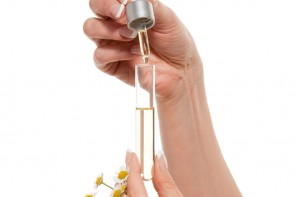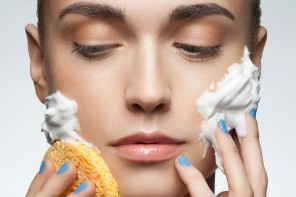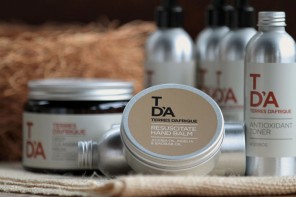Stem cells have been praised by medical researchers who study their ability to regenerate and form almost any type of cell in the body. This can be beneficial in the treatment of various chronic diseases. Now, stem cells are also appearing in skincare products.
Cells from both plant and human sources can repair tissues and grow new cells. They also produce collagen, elastin and proteins that, when added to the skin, are said to firm wrinkles and decrease the development of new ones.
Types of Stem Cells
Skincare products that make use of stem cells will take them from plants or humans. The human ones are derived from unfertilized eggs. Although the thought of that might make you worry that the cells are embryonic, they are actually said to be taken from eggs that were donated to science. Many plants also offer beneficial stem cells. Date palm stem cells, for instance, are used in skincare because of their amazing ability to remain hydrated and conserve water. Another example is the Gotu Kola plant that has been used in Indian traditional medicine. The stem cells of the plant help to firm and restructure the skin, while tackling issues such as cellulite and stretch marks.
Chemical Conundrums
There is no definite answer as to whether stem cells work in the fight for glowing, more youthful skin, but technology is constantly moving forward with the idea. Some creams, such as ReVive’s Peau Magnifique (priced at approximately £1,000) contain enzymes that convert adult stem cells into new ones and the product claims to ‘reset’ your ageing clock by a minimum of five years. Stemology is another example. It released skincare products containing plant and adult stem cells that are collected ethically. They use adult stem cells that are gathered from certified human bone marrow which is volunteered. No animal or human embryonic stem cells are used, however. Added to this, the products are natural, organic wherever possible, and they do not contain any parabens, GMOs, petrochemicals or phthalates.
Skincare SOS
There have been some scary stories surrounding stem cell creams or stem cell face-lifts. For instance, one story features a woman in America who went to the doctor complaining of pain and a clicking sound in her eyelid. Doctors discovered that when she had previously undergone a face-lift which used adult stem cells from her abdomen, mesenchymal stem cells were extracted and injected into her face and around her eyes. These cells can turn into fat, cartilage or bone. The woman now had pieces of bone in her eyelid!
These cells can turn into fat, cartilage or bone. The woman now had pieces of bone in her eyelid!
What intensifies the problem with cosmetics is that they are not required to have pre-market approval from the Food and Drug Administration (FDA). However, if a product contains stem cells, it can be seen as both a drug and cosmetics product. In September 2012 the FDA warned Lancôme, a division of L’Oréal, that how they were describing their Genifique and other skincare products made them appear to be drugs. For instance, by claiming the product boosts gene activity. Drugs cannot be marketed in the U.S. without approval from the FDA. The problem is that how cosmetics companies phrase their claims can either result in them being approved or not, but what if something slips past them? This can result in unsafe products being used by consumers. As a cell biologist at the University of California said in an article published on the Scientific American website, if you decide to get stem cells, it is highly possible that you will end up with some of the cells, or their side-effects, for the rest of your life.
It’s therefore important to tread carefully.
Image here











